From American Vision and CVA:
A Big Tar-Baby Subject: Separation of Church and State
By Gary DeMar
Published: January 29, 2008
.One of the arguments made by yesterday’s Tar-Baby emailer that while the words separation of church and state do not appear in the Constitution “the concept clearly does.” If the concept is there, then why didn’t the founders phrase the constitution to fit the concept? The concept of “separation of church and state” is older than the Constitution, was not invented by Thomas Jefferson, and is a long-held biblical idea. “Martin Luther (1483–1546) wrote of a ‘paper wall’ between the ‘spiritual estate’ and the ‘temporal estate.’ In his Institutes of the Christian Religion, John Calvin (1509–1564) asserted that the ‘spiritual kingdom’ and the ‘political kingdom’ ‘must always be considered separately’ because there is a great ‘difference and unlikeness . . . between ecclesiastical and civil power,’ and it would be unwise to ‘mingle these two, which have a completely different nature.’”[1] Connecticut, Anglican divine and theologian Richard Hooker (1554–1600) described “walls of separation between . . . the Church and the Commonwealth” in his Of the Laws of Ecclesiastical Polity. While no one can be sure whether Jefferson borrowed the phrase from Hooker, we do know that Jefferson owned a copy of Ecclesiastical Polity, and “it was among the volumes he sold to the Library of Congress.”[2] The phrase was also used by Roger Williams (1603?–1683), the founder of Rhode Island, and the Scottish schoolmaster James Burgh (1714–1775).[3]
If the founders wanted the concept to be present, I suspect that they would have made that clear in the way they worded the amendment. We have evidence from the state constitutions that separating the institutions of church and state was already happening. Prohibitions concerning clergymen not holding dual offices were in place prior to the drafting of the Constitution. For example, Delaware’s constitution (1776) established the Christian religion (Art. 22) while not elevating “one religious sect” in the “State in preference to another” (Art. 29).[4] A jurisdictional separation between church and state was maintained by prohibiting a “clergyman or preacher of the gospel, of any denomination” from “holding any civil office” in the state, “or of being a member of either of the branches of the legislature, while they continue in the exercise of the pastoral function” (Art. 29).[5] What’s interesting is that the First Amendment does not prohibit an active clergyman from holding federal office.
Up until 1835, North Carolina’s Constitution required “That no person who shall deny the being of God or the truth of the Protestant religion, or the divine authority either of the Old or New Testaments, or who shall hold religious principles incompatible with the freedom and safety of the State, shall be capable of holding any office or place of trust or profit in the civil department within [the] State.” This prohibition was amended in 1835 by changing the word “Protestant” to “Christian” and remained in force until the Constitution of 1868. And in that Constitution among the persons disqualified for office were “all persons who shall deny the being of Almighty God.”
It’s obvious by these historical vignettes that the First Amendment was designed for Congress to stay out of the business of either establishing a religion or prohibiting the free exercise of religion. Establishing does not mean acknowledging. The United States Court of Appeals has finally expressed the frustration that a lot of people have had with groups like the ACLU that continually substitute “the separation of church and state” language with the actual words of the First Amendment which allows them to fill the substitute phrase with any content that suits their cause: “The ACLU’s argument contains three fundamental flaws [in their claim that the posting the Ten Commandments on government property is a violation of the First Amendment]. First, the ACLU makes repeated reference to ‘the separation of church and state.’ This extra-constitutional construct has grown tiresome. The First Amendment does not demand a wall of separation between church and state. . . . Our Nation’s history is replete with governmental acknowledgment and in some cases, accommodation of religion.”[6] The reason the First Amendment does not demand a wall of separation between church and state is because it was not an issue in 18th-century America, and properly understood, is not a problem today.
Footnotes:
[1] Daniel L. Dreisbach, Thomas Jefferson and the Wall of Separation Between Church and State (New York: New York University Press, 2002), 72.
[2] Dreisbach, Thomas Jefferson and the Wall of Separation Between Church and State, 76.
[3] Dreisbach, Thomas Jefferson and the Wall of Separation Between Church and State, 76–82
[4] Francis Newton Thorpe, The Federal and State Constitutions, Colonial Charters, and Other Organic Laws of the States, Territories, and Colonies Nor or Heretofore Forming the United States of America, 7 vols. (Washington, DC: 1909), 1:566.
[5] Thorpe, The Federal and State Constitutions, 1:567–568.
[6] ACLU of Kentucky v. Mercer Co., Kentucky, 2005 WL 3466545 at *12, 2005 Fed.App. 0477P (6th Cir. December 20, 2005), 13
Tuesday, October 19, 2010
Subscribe to:
Post Comments (Atom)
.gif)



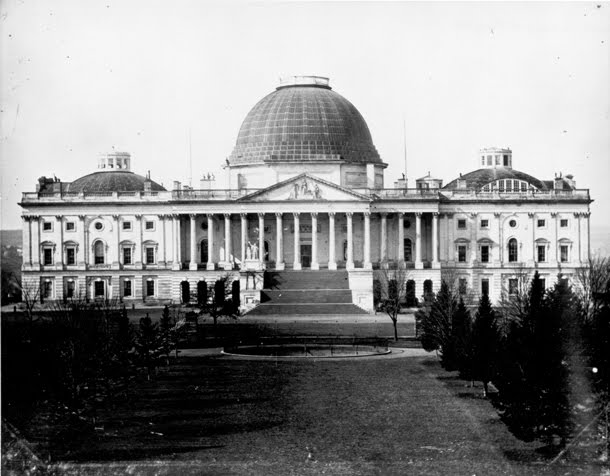









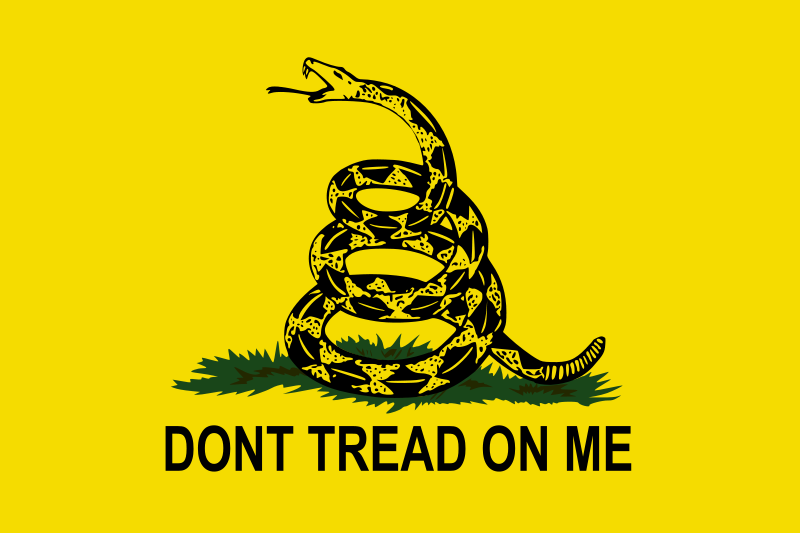
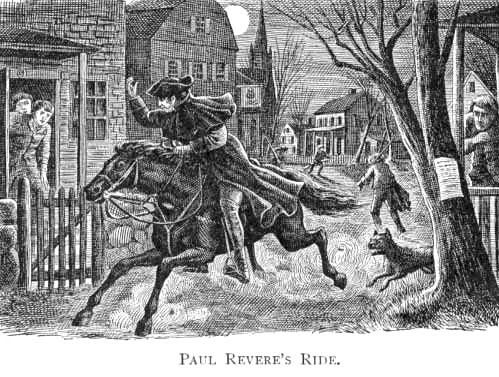

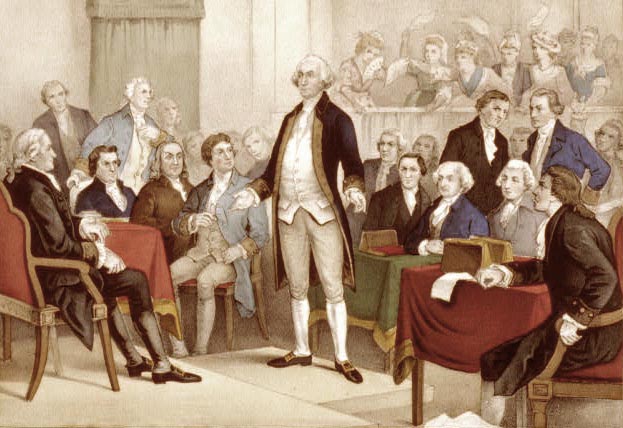

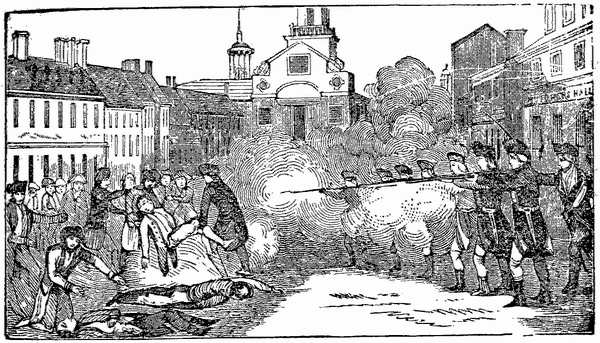
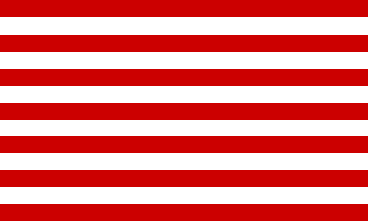
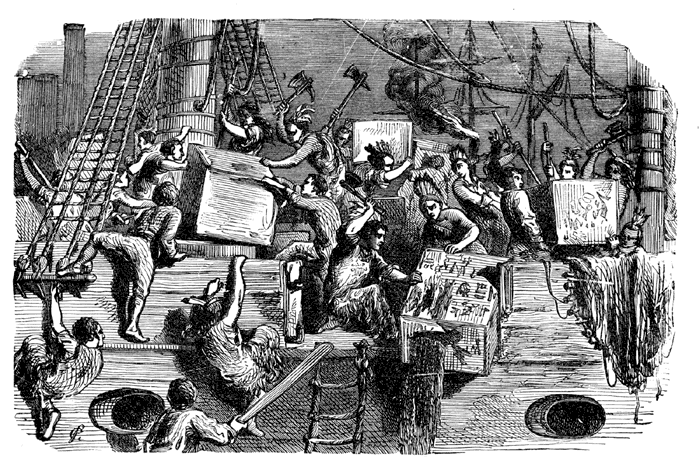




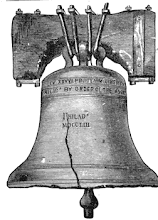




No comments:
Post a Comment